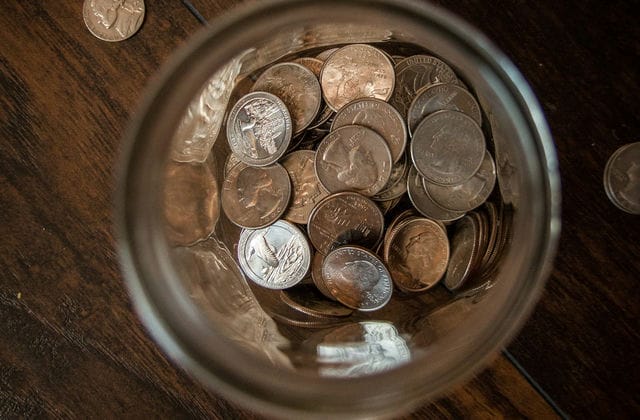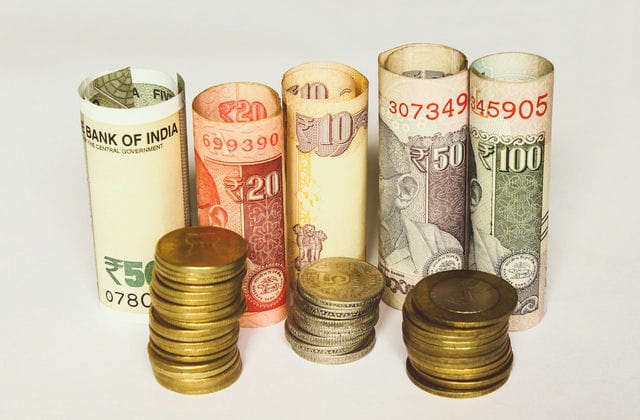ETF are Also known as "exchange traded funds", ETFs are funds that track changes in an "underlying index" and are listed and traded on a stock exchange. ETFs are a special type of open-end fund that combines the advantages of closed-end and open-end funds, allowing investors to buy and sell ETF shares in the secondary market and subscribe or redeem shares from the fund management company. Subscribe or redeem ETF shares from the fund management company. Redemptions must be made in exchange for a basket of shares (or with a small amount of cash) or in exchange for a basket of shares (or with a small amount of cash).

Redemptions must be made by exchanging a basket of shares (or a small amount of cash) for Fund shares or by exchanging Fund shares for a basket of shares (or a small amount of cash). As there is both a secondary market trading and subscription and redemption mechanism, investors can carry out arbitrage transactions when there is a spread between the secondary market trading price of the ETF and the net value of the fund units.
The biggest advantage of ETF funds is that they avoid unsystematic risk, their price movements are based on macroeconomic fundamentals and the possibility of their prices being manipulated is almost zero. Investing in the shares of a particular company, on the other hand, requires more consideration and is more complex. It is difficult for the average investor to fully analyses the value of the company and fully understand the risk of the company's stock price. Technical analysis is more effective in making buying and selling decisions for ETF funds
For small and medium-sized retail investors, its desirability can be summarized in the following three points.
Firstly, investors only need to judge the rise and fall of the index when trading ETFs, rather than having to go through the trouble of selecting individual stocks.
Secondly, ETFs can be traded in the secondary market with a small capital of 100 shares per board lot, which does not require a large capital investment.
Third, diversification can be achieved at a very low cost, reducing the risk of individual stocks. 100 ETFs in one board lot costs only about $100, and investors can own a basket of stocks. In contrast, if an investor wants to diversify his risk on his own, assuming he buys one lot of 100 shares of each of the five largest stocks in the SSE 50 (Sinopec, Huaneng International, Baosteel, China Unicom and Yangtze River Power), he would have to pay RMB3,317 based on the closing price on 9 July 2004.

Therefore, passive investment in ETF funds (buy and hold) tends to yield higher annualized returns than investing in individual stocks, and active investment in ETF funds tends to yield more annualized returns.
For passive investment in ETF funds is truly living and dying with the national economy. In the A-share market, I personally believe that ETF50 and dividend ETFs are more suitable for this type of investment.
From a retail investor's perspective, it seems that it is difficult to run out of the rule of one win, two draws and seven losses when investing in the stock market. And it is very rare for all funds globally to beat the expected annualized return of their underlying index for 10 consecutive years, and it is perhaps more difficult to choose funds that can beat the index than it is to choose stocks. But if you can implement a passive investment approach, you can be one of the winners.


























